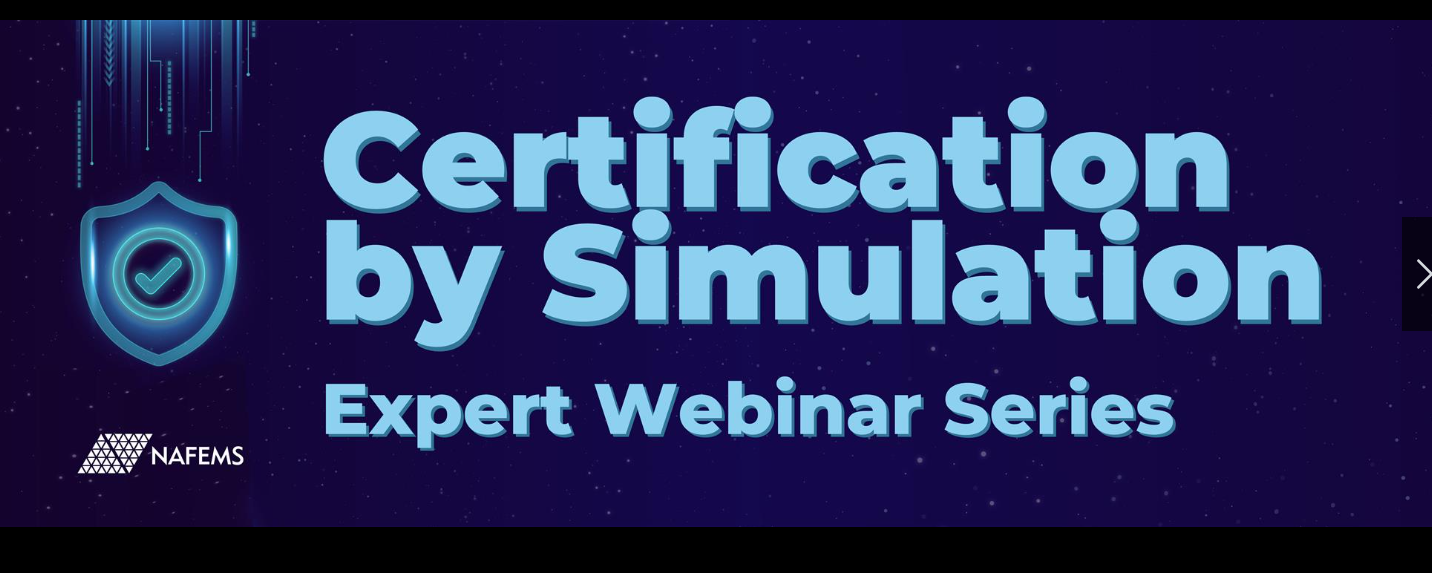
Ensuring Confidence in Engineering Simulation Results for Certification
Summary
This presentation explores the essential role of credibility assurance in computational simulation for decision-making, especially in certification. It starts by elucidating the concept of simulation credibility and its connection to predictive capability, before highlighting the importance of credibility in achieving certification.
The presentation scrutinizes the core concepts of credibility assurance and demonstration, aligning with current standards. It introduces risk analysis as a vital component, facilitating the establishment of credibility goals and defining the necessary level of Verification, Validation, and Uncertainty Quantification (VVUQ). The significance of hierarchical VVUQ planning, supported by PIRT analysis, is underscored.
Next, the presentation delves into the basics of credibility assessment and associated key factors, emphasizing the evaluation of objective evidence during credibility reviews for informed decision-making. The discussion then broadens to encompass VVUQ, concentrating on the degree of VVUQ needed for credible simulations.
The focus then shifts to contemporary trends in validation, spotlighting how the choice of validation referent, its representativeness, and validation quality impact the credibility of simulation results.
The presentation also tackles the significant challenges in implementing VVUQ and ensuring simulation credibility, ranging from management issues to technical difficulties. It proposes strategies to surmount these challenges, including process enhancements, efficient resource allocation, technological advancements, and the formulation of new standards for specific applications.
The presentation concludes with a paradigm shift in the role of physical testing and offers key recommendations.
Join us for this enlightening presentation that provides a lucid understanding of the topic and its relevance in the current landscape of computational simulation for certification.
Speaker
Jean-François Imbert
Consulting Engineer, JFIConsult, Toulouse, France
NAFEMS Technical Fellow
Jean-François Imbert, a recognized professional in Structural Engineering and Computational Simulation, brings over forty years of experience from aerospace. His career has seen him in both expert and managerial roles, leading the development and application of innovative computer simulation capabilities in aerospace structural engineering.
His responsibilities have allowed him to accumulate comprehensive expertise in Computational Simulation and Verification & Validation (V&V) for the design and development of aerospace structures. Following his retirement from his position as V.P. Engineering and Head of Structural Analysis at Airbus, he now works as an independent consultant with a focus on V&V.
As a member of NAFEMS SGMWG, ASME VVUQ 10, and ASME VVUQ 90, he actively contributes to the evolution of industry standards. He has also spent the last decade serving as a tutor for the NAFEMS V&V course.



